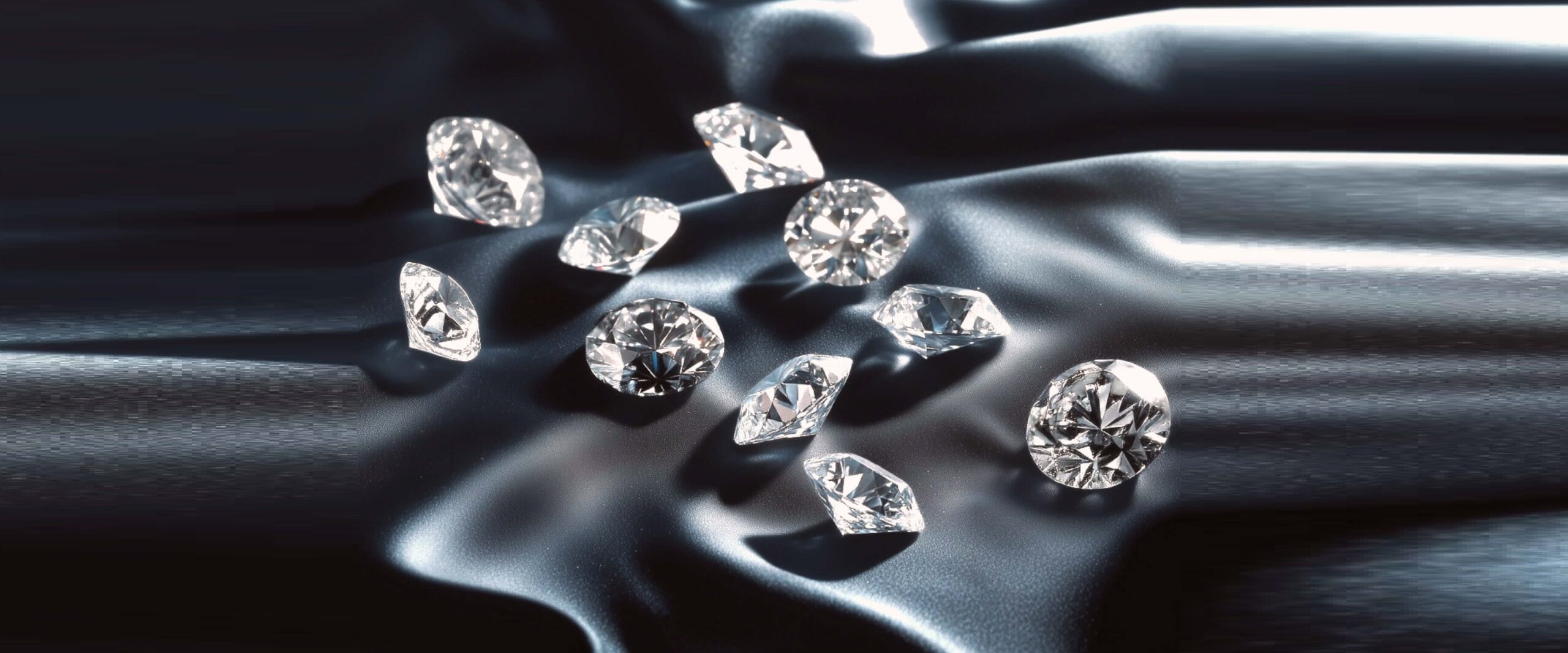Lab-grown diamonds have steadily transformed the landscape of modern jewellery, bringing innovation and ethical awareness into a traditionally conservative industry. These diamonds, developed in highly controlled laboratory settings, possess the same physical, chemical, and optical properties as natural diamonds formed beneath the Earth’s surface. Unlike cubic zirconia or moissanite, lab-created diamonds are real diamonds in every measurable way. Their emergence is not only a technological feat but also a response to growing consumer demand for sustainable and conflict-free alternatives in the luxury market. As people become more informed and conscious about their purchases, lab-grown diamonds have gained momentum, particularly in the realm of engagement rings and fine jewellery.
A Brief History of Lab-Created Diamonds
The journey of lab-created diamonds began in the 1950s, when scientists succeeded in creating the first synthetic diamond using High Pressure High Temperature (HPHT) methods. Initially, these diamonds were primarily used in industrial applications due to their rough quality and were not deemed suitable for adornment. Over time, with significant technological advancements, the ability to produce gem-quality diamonds evolved. By the early 2000s, these stones had begun appearing in the consumer market, offering a credible alternative to mined diamonds. This transition marked a pivotal moment, where the science behind these diamonds intersected with fashion and sentiment, particularly in the design of lab-grown diamond engagement rings, which quickly caught the attention of ethically minded couples.
Technological Advances
The evolution of technology has played a critical role in the refinement and accessibility of lab-grown diamonds. Two primary methods dominate this field: High Pressure High Temperature (HPHT) and Chemical Vapour Deposition (CVD). Both techniques replicate the conditions under which natural diamonds are formed, albeit in a lab environment. These methods now yield diamonds that are nearly flawless, rivaling their natural counterparts in clarity, colour, and brilliance. Continuous innovations have also allowed for the production of larger stones and various hues, broadening their appeal. Today, consumers can select from a wide range of certified and expertly cut diamonds that meet the highest standards, with the added assurance that they are both ethical and eco-friendly.
Lab Diamond Rings – A Modern Trend
In recent years, lab-grown diamond engagement rings have surged in popularity, reshaping how couples approach one of life’s most sentimental purchases. Traditionally, engagement rings symbolised permanence and status, often tethered to mined diamonds as the default choice. However, a shift in values driven largely by environmentally and socially conscious millennials and Gen Z has sparked a rise in lab-grown alternatives. These rings offer the same sparkle and durability but come without the baggage of environmental destruction or ethical uncertainty. They also present excellent value, allowing buyers to opt for higher-carat or better-quality stones within the same budget. The growing variety of designs and customisation options only enhances their appeal, making them a thoughtful, modern expression of love.
Comparing Lab-Grown vs. Natural Diamonds
Despite ongoing debates, there is no denying that lab-grown diamonds stand toe-to-toe with natural ones in terms of quality and appearance. Both types are composed of carbon atoms arranged in a crystalline structure, making them indistinguishable to the naked eye. Even gemologists require specialised equipment to tell them apart. However, the main distinctions lie in their origin and price point. Natural diamonds are formed over billions of years deep within the Earth, whereas lab-grown diamonds can be cultivated in a matter of weeks. This controlled production leads to more predictable quality and lower costs. While natural diamonds may retain a higher resale value for now, the increasing popularity and acceptance of lab-grown alternatives are likely to shift market dynamics in the near future.
Personalised Ring Choices
One of the most attractive aspects of lab-grown diamonds is the ability to personalise them extensively. Whether selecting a specific cut, setting, or metal type, buyers have greater flexibility in designing bespoke pieces that reflect individual tastes and stories. The availability of larger stones at a fraction of the cost allows for more adventurous and elaborate designs. This trend towards customisation has empowered consumers, especially in the context of engagement rings, where uniqueness and symbolism are paramount. From vintage-inspired halo settings to sleek modern solitaires, lab-grown diamonds cater to every aesthetic, often with the added benefit of being ethically and sustainably sourced. As a result, personalised diamond engagement rings are becoming a staple in the jewellery world.
Conclusion: A Sparkling Future
The rise of lab-grown diamonds marks a defining moment in the jewellery industry, a blend of science, sustainability, and sentimentality. What began as a niche product has blossomed into a global movement, reshaping how we perceive and purchase luxury items. With growing awareness around ethical sourcing and environmental impact, more people are embracing these stones not just for their beauty, but for the values they represent. The increasing popularity of lab-grown diamond engagement rings signifies a broader shift towards conscious consumerism. As technology continues to evolve and consumer preferences lean towards transparency and responsibility, the future of diamonds is undoubtedly bright and responsibly brilliant.


